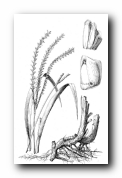
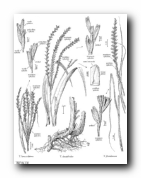
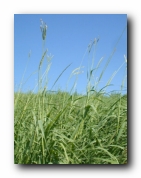
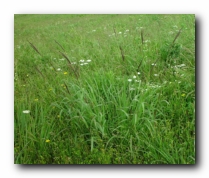
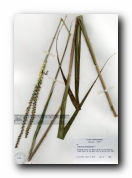
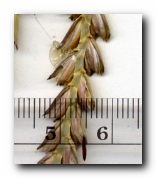
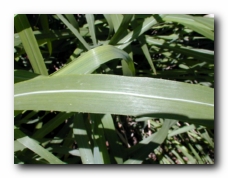
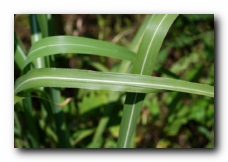
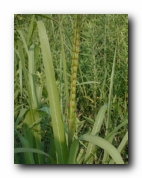
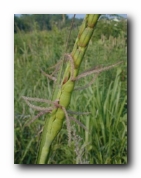
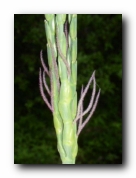
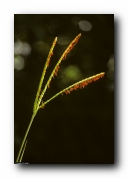
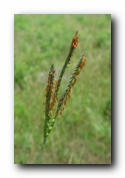
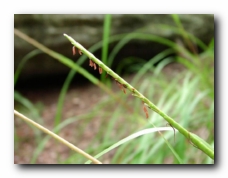
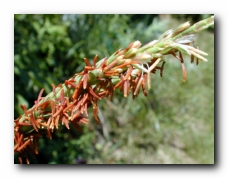
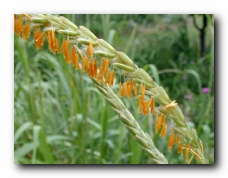
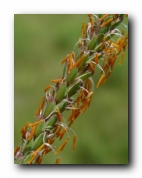
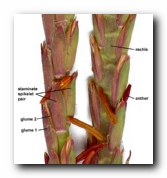
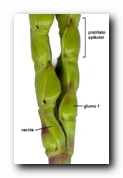
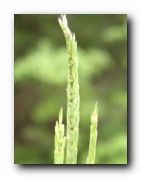
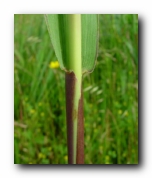
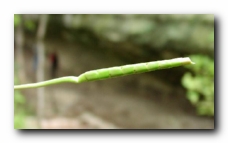
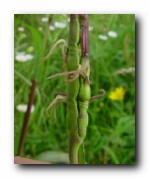
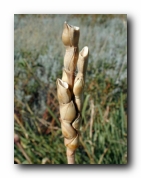
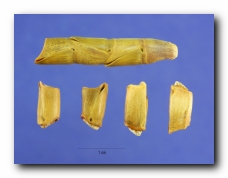
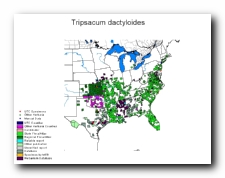
40" Rows:
Broadcast:
10 pounds pure live seed per acre
20 pounds pure live seed per acre
Loam:
Clay:
Moderate
High
High
Habit: Tall, tufted perennial grasses, with thick, knotty rhizomes. Culms: 1-2.5 m. high, glabrous throughout, in large clumps. Blades: 40-60 cm. long, 1.5-3.5 cm. wide, glabrous or pubescent on the upper surface, scabrous on the margins, long-acuminate, midrib large. Sheaths: Flattened, shorter than the internodes, glabrous or pubescent at the summit. Ligule: A ring of short hairs. Inflorescence: Terminal and axillary monoecious inflorescences of 1-3 spikes, the pistillate part below, the spikelets sunken in hollows of the joints, which break up when mature, the staminate above on the same rachis, deciduous as a whole. Spikes 15-25 cm. long, pistillate part one fourth the entire length or less. Spikelets: Unisexual, staminate spikelets, 7-11 mm. long, 2-flowered, in pairs at each node of the spike, one sessile, the other sessile or pedicellate. Pistillate spikelets solitary, 7-10 mm. long, on opposite sides at each joint of the thick, hard articulate lower part of the same rachis, sunken in hollows in the joints, consisting of one sterile lemma. Glumes: Of staminate spikelet 2, about equal, the first 2-keeled, scabrous on the keel, about 9-nerved, rigid, acute, the second membranous, about 5-nerved, the 2 lemmas and their paleas about equal, each with 3 stamens. First glume of pistillate flowers very hard, thick, and shining, concealing the rest, many nerves visible from inside; the second glume similar, but thinner, folded around the smaller hyaline sterile lemma and perfect floret, with progressively smaller hyaline lemma and palea. Stigmas: Exserted as much as 2.5 cm. Habitat: Moist prairies, swamps and banks of streams. June-September. Use: A robust forage grass. Synonyms: Tripsacum dactyloides (L.) L. var. occidentale Cutler & Anders.
Special Notes:
Eastern Gamagrass (Tripsacum dactyloid) Information #1
Eastern Gamagrass (Tripsacum dactyloid) Information #2
Eastern Gamagrass (Tripsacum dactyloid) Information #3
Eastern Gamagrass (Tripsacum dactyloid) Information #4